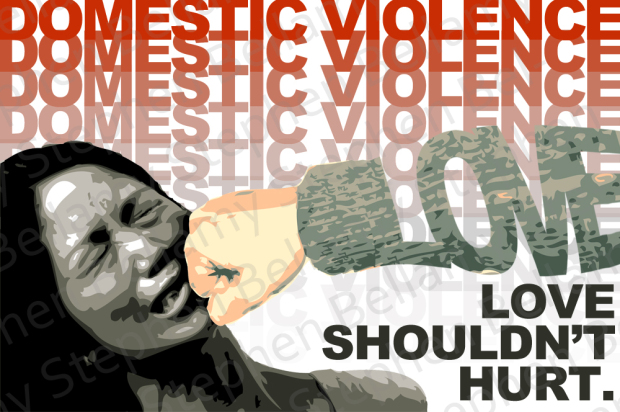February 7, 2016
 Men-only battering interventions for intimate partner violence (IPV) have had limited success above and beyond the effects of arrest alone (Babcock, Green & Robie, 2004). However current state-mandated treatments for IPV dictate that men-only group is the treatment of choice. Most men-only groups assume unilateral, male-to-female violence, which does not fit at least one-third of court-involved cases and leaves treatment needs of couples experiencing problematic relationship dynamics unmet. Further, most states mandate against ever conducting couples therapy in cases of IPV, at least until the man has completed a men’s group. We believe that there are some conditions where couples therapy may be preferable to men’s battering prevention and intervention groups. These include couples where violence arises from arguments spun out of control, where the woman is also violent, where she is not in fear of her husband. We call this “situational violence.” Considering the underwhelming evidence of effectiveness for current gender-specific groups, we recommend future scientific studies to explore couples or couples’ groups interventions for abusive couples. For a carefully screened subset of couples that experience predominantly “situational violence,” conjoint communication and relationship skills training groups may be a viable alternative to the Duluth model and cognitive-behavioral men-only groups. Until state guidelines loosen so that we can conduct such studies, we are stuck with a one-size-fits-all approach to domestic violence intervention.
Men-only battering interventions for intimate partner violence (IPV) have had limited success above and beyond the effects of arrest alone (Babcock, Green & Robie, 2004). However current state-mandated treatments for IPV dictate that men-only group is the treatment of choice. Most men-only groups assume unilateral, male-to-female violence, which does not fit at least one-third of court-involved cases and leaves treatment needs of couples experiencing problematic relationship dynamics unmet. Further, most states mandate against ever conducting couples therapy in cases of IPV, at least until the man has completed a men’s group. We believe that there are some conditions where couples therapy may be preferable to men’s battering prevention and intervention groups. These include couples where violence arises from arguments spun out of control, where the woman is also violent, where she is not in fear of her husband. We call this “situational violence.” Considering the underwhelming evidence of effectiveness for current gender-specific groups, we recommend future scientific studies to explore couples or couples’ groups interventions for abusive couples. For a carefully screened subset of couples that experience predominantly “situational violence,” conjoint communication and relationship skills training groups may be a viable alternative to the Duluth model and cognitive-behavioral men-only groups. Until state guidelines loosen so that we can conduct such studies, we are stuck with a one-size-fits-all approach to domestic violence intervention.
References:
Babcock, J. C., Green, C. E., & Robie, C. (2004). Does batterers’ treatment work?: A meta-analytic review of domestic violence treatment outcome research. Clinical Psychology Review, 23, 1023-1053.
Posted in couples therapy by Julia Babcock | Tags: battering intervention, domestic violence, intimate partner violence
